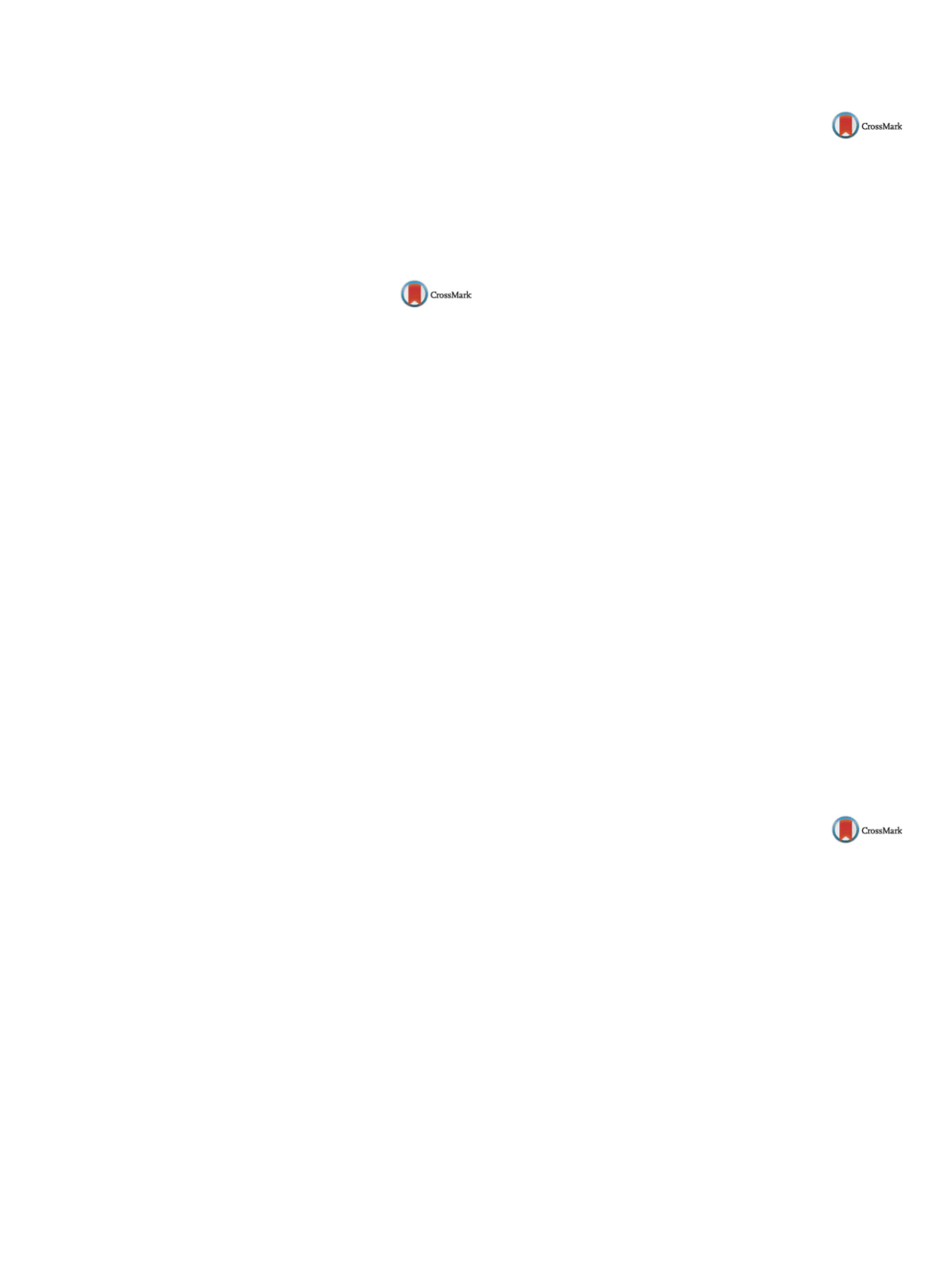

25th European Congress of Psychiatry / European Psychiatry 41S (2017) S69–S105
S99
Conclusions
Three new genes have been found to be associ-
ated with psychosis.
TRIP12
and
RNF25
encode two E3-ubiquitin
ligases which modulate the Wnt pathway, mutations in which
lead to neurodevelopmental defects.
ARHGAP19
encodes a GTPase
which regulates the RhoA protein, involved in the regulation of the
cytoskeleton.
Disclosure of interest
The authors have not supplied their decla-
ration of competing interest.
http://dx.doi.org/10.1016/j.eurpsy.2017.01.305O084
L-dopa modulates striatal functional
connectivity in adults with
psychotic-like experiences:
A randomized double-blind
placebo-controlled study
J. Rössler
1 ,∗
, L. Unterrassner
1, T. Wyss
1, H. Haker
2, P. Brugger
3,
W. Rössler
1, D. Wotruba
41
University of Zurich, Collegium Helveticum, Zurich, Switzerland
2
Institute for Biomedical Engineering–University of Zurich and ETH
Zurich, Translational Neuromodeling Unit TNU, Zurich, Switzerland
3
University Hospital Zurich, Department of Neurology, Zurich,
Switzerland
4
Swiss Federal Institute of Technology ETH, Collegium Helveticum,
Zurich, Switzerland
∗
Corresponding author.
Introduction
According to the dopamine hypothesis functional
brain abnormalities and neurochemical alterations may converge
to cause psychosis through aberrant salience attribution. Indeed,
resting-state functional magnetic resonance imaging (rs-fMRI) has
revealed widespread brain disconnectivity across the psychotic
spectrum.
Objectives
To advance the understanding of the dopaminergic
involvement in intrinsic functional connectivity (iFC) and its puta-
tive relationship to the development of psychotic disorders we
aimed to investigate the link between L-Dopa, a dopamine pre-
cursor, and its modulation of striatal iFC in subthreshold psychosis,
i.e. non-clinical psychosis.
Methods
We used a randomized, double-blind placebo con-
trolled study design including in our sample 56 healthy, male,
right-handed, subjects with no familiar risk factors for psychosis
who were assessed with the Schizotypal Personality Questionnaire
(SPQ) and underwent 10minutes of rs-fMRI scanning. All subjects
received either 250mg of Madopar DR
®
(200mg L-Dopa plus 50mg
benserazid, dual release form) or a placebo. We analysed resting-
state iFC of 6 striatal seeds, known to evoke dopamine related
networks.
Results
The main effect of L-Dopa presented itself (FWE-
corrected) as a significant decrease in iFC from the right ventral
striatum to the cerebellum and the precuneus cortex, and an
increase in iFC to the occipital cortex. Subjects with high SPQ pos-
itive symptom sub-scores showed a significant increase of L-Dopa
induced connectivity.
Conclusion
We identified striatal functional connectivity being
modulated by augmented dopamine availability, and in support
of the dopamine hypothesis, we found that those iFC patterns are
associated to high scores of psychotic like experiences.
Disclosure of interest
The authors have not supplied their decla-
ration of competing interest.
http://dx.doi.org/10.1016/j.eurpsy.2017.01.306O085
5-years follow-up of antipsychotic
medication and hospitalizations after
first episode hospital-treated
psychosis in a Swedish nation-wide
cohort
P. Strålin
1 ,∗
, J. Hetta
21
Karolinska University hospital, Psychiatry, Stockholm, Sweden
2
Karolinska Institutet, Clinical Neuroscience/Psychiatry, Stockholm,
Sweden
∗
Corresponding author.
Introduction
Outcome after first episode psychosis is heteroge-
neous, but knowledge about the distribution and predictive factors
is limited.
Objective
To investigate medication and rehospitalizations for
five years after first episode hospital treated psychosis.
Method
Swedish population registers were used to select a
nation-wide cohort of 962 cases (589 or 61% men) with a first
hospitalization for psychosis at ages between 16–25 years. Cases
were categorized year by year for 5 years after the initial hospi-
talization with regard to rehospitalizations and dispensations of
antipsychotics and other medications.
Results
The 5-years mortality was 4% (
n
= 39) with suicides in 16
cases (1.6%, 11 of which were men). Additionally, 139 cases (23% of
women and 10% of men) had hospitalizations for suicide attempts
within 5 years. A bimodal distribution of years with medication
was found indicating two different trajectories of outcome. One
peak was seen for cases with dispensations of antipsychotics 5 of 5
years (40% of the cohort). Another peak was seen at dispensations
during atmost 1 of 5 year (30%). During year 5, 514 (56% of 923 cases
surviving 5 years) had dispensations of neuroleptics and 257 (28%)
were hospitalized, whereas 356 cases (39%) had no dispensation of
neuroleptics or hospitalization.
Conclusions
The population of young cases with first episode
psychosis is heterogeneous with at least two clearly separable
trajectories based on medication and hospitalizations. The high
mortality and high incidence of suicide attempts during a five-year
period demonstrate a need for careful monitoring of these patients.
Disclosure of interest
The authors have not supplied their decla-
ration of competing interest.
http://dx.doi.org/10.1016/j.eurpsy.2017.01.307O086
Cognitive screening scale for
schizophrenia (CSSS):
The development and the structure of
the scale
A. Szulc
∗
, J. Gierus , T. Koweszko , A. Mosiolek
Medical University of Warsaw, Department of Psychiatry, Pruszkow,
Poland
∗
Corresponding author.
Objectives
The study presents the construction of CSSS: a short
screening scale intended for diagnosis of cognitive deficits among
people with schizophrenia. The final version of the scale consist of
6 subscales which measure basic cognitive functions.
Methods
A total of 160 persons (124 with schizophrenia and 36
healthy controls) were tested using the initial version of the CSSS
scale consisting of 11 subscales. Correlation analysis between the
subscale resultswas carried out, aswell as confirmatory factor anal-
ysis, internal consistency analysis of the scale, IRT (item response
theory) analysis of the item’s difficulty, and analysis of the scale’s
accuracy as a classifier.
Results
One factor explains 37% of the variance of the subscales’
results. The scale has satisfactory internal consistency (0,83). Sub-
jects with schizophrenia achieved significantly lower scores than


















